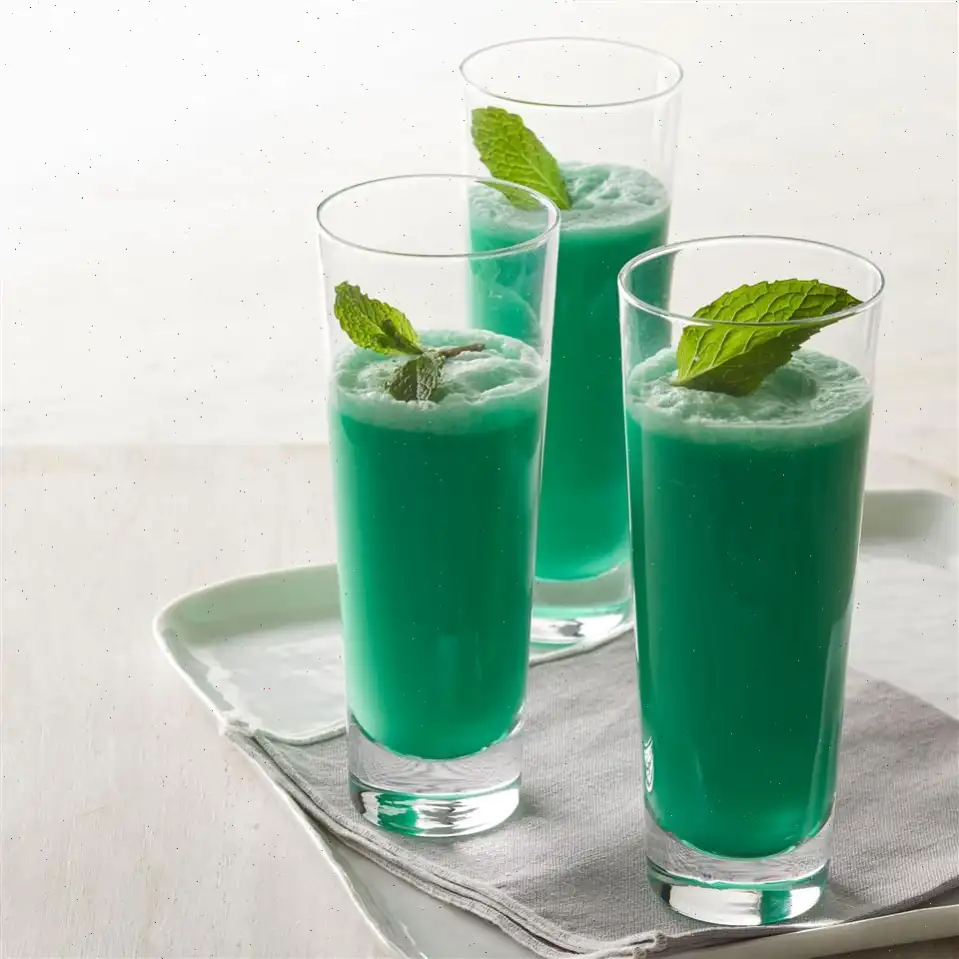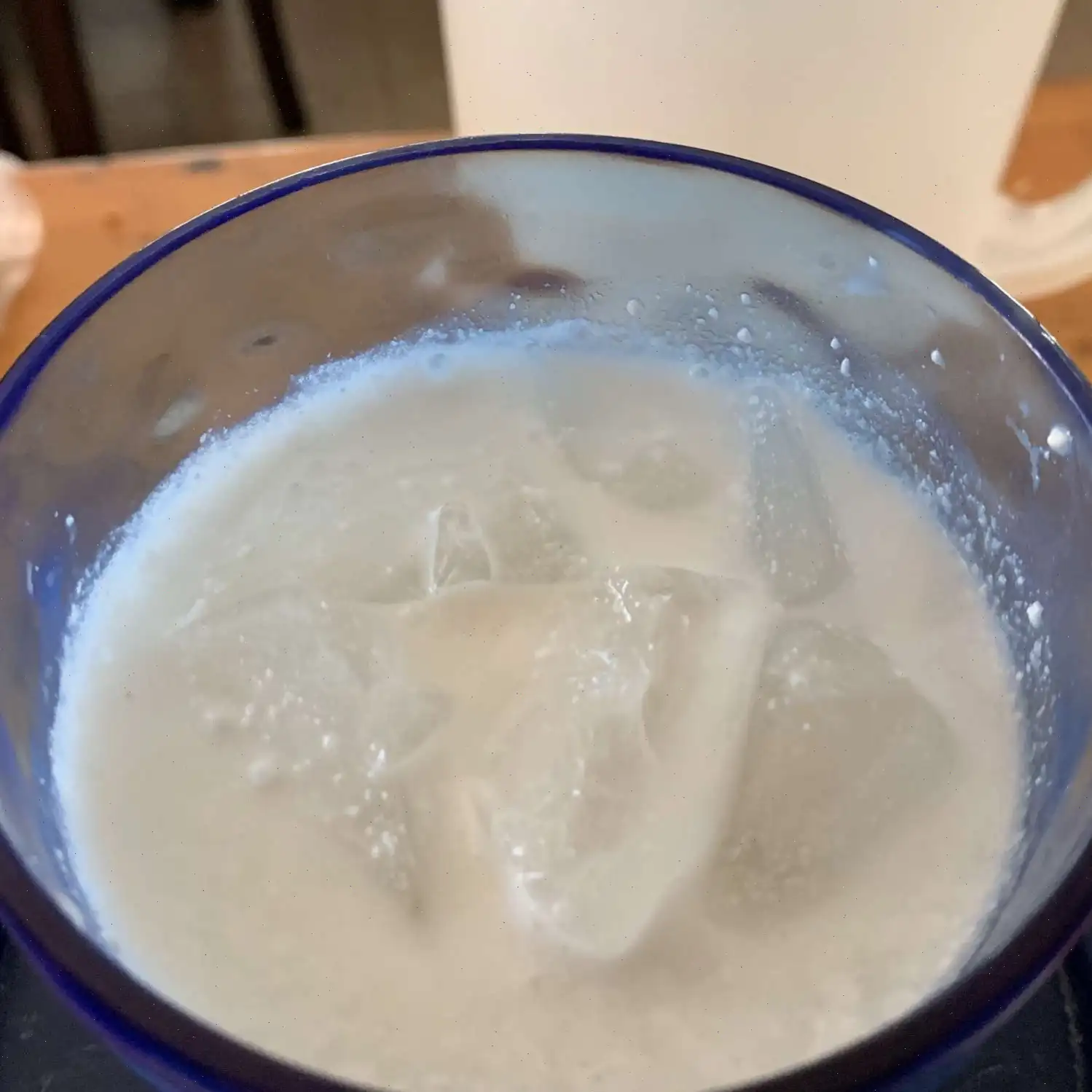
Fresh Bratwurst Wisconsin Style Recipe
Ingredients
This recipe was developed at its original yield. Ingredient amounts are automatically adjusted, but cooking times and steps remain unchanged. Note that not all recipes scale perfectly.
Original recipe (1X) yields 16 servings
- 1 pounds pork butt, fat trimmed and reserved
- 1 pound veal
- 1 tablespoon salt
- 1 teaspoons coarsely ground black pepper
- 1 teaspoon sugar
- 1 teaspoon dry mustard
- 2 teaspoons mustard seed
- teaspoon ground nutmeg
- teaspoon dried sage
- cup cold milk
- 2 cups grated raw potatoes (Optional)
Directions
Step 1: Cut the pork butt, veal, and fat into 1-inch cubes. Spread them on a plate and place in the freezer for 10 minutes to make it easier to chop. Also, place the food processor bowl and blade in the freezer for the same amount of time.
Step 2: Set up the food processor and add just enough meat to cover the blade. Pulse to form chunks about 3/8 inch in size. Repeat with the remaining meat.
Step 3: Process the fat into smaller pieces, about 1/4 inch, and mix it with the meat. Transfer the chopped meat and fat into a large bowl.
Step 4: Season the meat mixture with salt, pepper, sugar, mustard, mustard seed, nutmeg, and sage. Pour in the cold milk and add grated potatoes if desired. Mix everything together with your hands.
Step 5: Form a small patty of the sausage mixture and fry it in a small pan over medium heat. Taste and adjust seasonings if necessary.
Step 6: Cover the bowl and refrigerate for 8 hours to improve the flavor before cooking as desired.
Nutrition Facts (per serving)
- Calories: 138
- Total Fat: 7g (9% Daily Value)
- Saturated Fat: 3g (13% Daily Value)
- Cholesterol: 52mg (17% Daily Value)
- Sodium: 492mg (21% Daily Value)
- Total Carbohydrates: 4g (2% Daily Value)
- Dietary Fiber: 1g (2% Daily Value)
- Total Sugars: 1g
- Protein: 14g (27% Daily Value)
- Vitamin C: 4mg (4% Daily Value)
- Calcium: 25mg (2% Daily Value)
- Iron: 1mg (6% Daily Value)
- Potassium: 311mg (7% Daily Value)
* Percent Daily Values are based on a 2,000-calorie diet. Your daily values may be higher or lower depending on your calorie needs.
Note: Nutrient information is not available for all ingredients. Amount is based on available nutrient data. If you are following a medically restrictive diet, please consult your doctor or registered dietitian before preparing this recipe for personal consumption.
Origin History:
The history of bratwurst in the United States, particularly in Wisconsin, is deeply rooted in the state's German heritage. German immigrants brought their traditional recipes with them when they settled in Wisconsin in the 19th century. Bratwurst, which literally translates to "sausage made of meat," became a staple of the Midwestern diet, especially in Wisconsin, where it is still enjoyed today at cookouts, festivals, and tailgate parties. The addition of veal and potatoes in the Wisconsin-style bratwurst is a distinctive touch that reflects regional adaptations over time. Wisconsins agricultural roots have contributed to the abundance of locally sourced meats, including pork and veal, which are featured in this version of bratwurst.
Regional Characteristics:
In Wisconsin, bratwurst is more than just a dishits a way of life. The state's rich German heritage has led to the bratwurst becoming a culinary icon. What sets the Wisconsin-style bratwurst apart from other regional variations is its use of veal, which adds a unique, tender texture to the sausage. Additionally, many recipes in Wisconsin, like this one, include grated potatoes, which not only stretch the meat but also contribute a subtle flavor and moisture. This dish is often served with mustard or sauerkraut, as well as accompanied by fresh, locally baked bread or rolls. Whether grilled or pan-fried, its the perfect meal for any occasion.
Differences from Similar Dishes:
Bratwurst is a popular sausage across Germany and the U.S., but the Wisconsin-style bratwurst has some key differences that make it stand out. Unlike the traditional German bratwurst, which is typically made from a mixture of pork and beef, the Wisconsin version often includes veal and sometimes a higher fat content from the pork fatback. The addition of grated potatoes is a significant departure from other bratwurst recipes, making it more substantial and softer in texture. Moreover, the seasoning profile varies, with mustard seed and sage being commonly used in Wisconsin versions, giving the sausage a distinct flavor profile.
Where It's Typically Served:
In Wisconsin, bratwurst is a beloved dish that can be found at almost every gathering, from casual barbecues to formal celebrations. It is a common sight at state fairs, particularly the famous bratwurst festivals, where various cooking methods and toppings are celebrated. Grilled bratwurst is also a staple at tailgate parties, especially during the football season, where its served hot off the grill with condiments like mustard, sauerkraut, or onions. The dish is also frequently featured at family dinners, paired with hearty sides such as potato salad, baked beans, and corn on the cob.
Interesting Facts:
1. Bratwurst is typically associated with Germany, but its popularity in Wisconsin is so profound that some locals claim the best bratwurst in the U.S. is made right there. In fact, the state is home to more than 50 different bratwurst festivals, including the world-renowned Sheboygan Bratwurst Festival.
2. In Wisconsin, theres a well-known tradition called the "brat fry," where locals grill bratwurst outdoors and sell them as part of a community event or fundraiser. These brat frys are a unique way for local businesses, churches, and civic organizations to raise money and bring people together.
3. The word "bratwurst" itself comes from Old High German, with "brt" referring to finely chopped meat, and "wurst" meaning sausage. Its interesting to note that bratwurst in Germany is often made without additional filler ingredients like potatoes, making the Wisconsin version even more unique.
FAQ about Fresh Bratwurst Wisconsin Style Recipe
Comments
Brandon Wilson
10/16/2024 03:16:59 PM
We enjoyed putting together this dish in no time, and it turned out quite tasty. We added our own twist right from the start, considering everyone's unique preferences. Overall, it was delicious!







